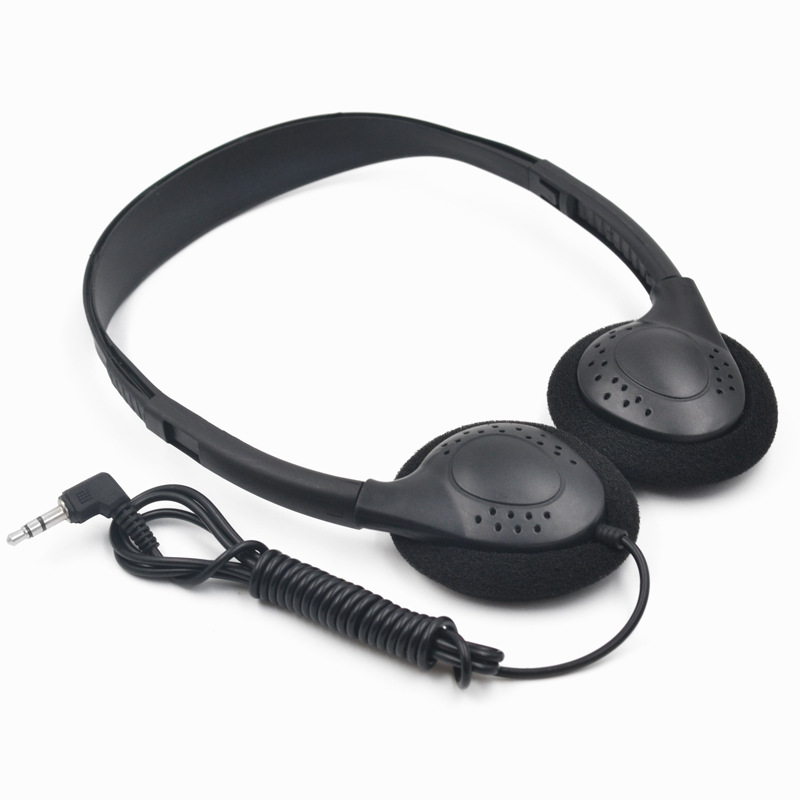Singapore is a city-type country with a shortage of resources and resources. However, in recent years, Singapore has attached great importance to green environmental protection and energy conservation, thus laying a solid foundation for its long-term sustainable economic development.
Singapore's green environmental protection and energy conservation measures are mainly reflected in four aspects: wastewater utilization, waste treatment, development of clean energy, and promotion of green buildings. The Singapore government has made long-term efforts with companies and society and has made significant progress in these areas.
In recent years, Singapore, which is short of water resources, is also working hard to open source while reducing expenditures. The government has continuously increased its investment in the development and application of new technologies, especially in the desalination of seawater and the utilization of new water technologies. At present, Singapore's new water, developed using new technologies such as reverse osmosis, is famous both at home and abroad, not only for some domestic water use, but also for the Middle East.
There are four new water plants in Singapore that convert wastewater into water that meets international drinking standards, which can meet 15% of the country's water use. At present, Singapore's new water is mainly used in industrial manufacturing and building cooling systems such as chip manufacturing and pharmaceuticals, which require highly purified water, and a small portion for residents to drink.
Singapore produces about 8,000 tons of waste per day. In order to deal with this waste, Singapore has built four high-efficiency waste incineration plants with an annual processing capacity of 2.28 million tons. In an incineration plant, the heat generated by incineration of waste is converted into energy, supplied to the electricity required by the incineration plant, and the rest can be supplied to the new energy grid. In addition, Singapore's progress in the treatment and recycling of solid waste is also very obvious, currently 40% of Singapore's solid waste can be recycled.
In recent years, energy prices have fluctuated drastically, forcing Singapore to attach great importance to the development of clean energy. Last year, the Singapore government announced that it would invest 350 million Singapore dollars (about 242 million US dollars) to develop clean energy, with a focus on developing solar energy. Singapore's goal is to enable the country's clean energy industry to generate 1.7 billion Singapore dollars ($1.17 billion) in output value and 7,000 jobs by 2015. In addition, Singapore has taken action to build four biodiesel plants in Jurong Island, a petrochemical base in the southwest, and strive to make it the largest biodiesel producer in Asia.
The Singapore government launched the Green Building Marking Program in 2005 to rate the environmentally friendly design of buildings and award four levels of awards to standards-compliant architectural designs to enhance the environmental awareness of developers, designers and builders.
From the design concept, environmental protection, energy saving, and humanization are the core contents of green buildings. Green building standards mainly include: wooden floors made of recycled materials, energy-saving air-conditioning systems, water-saving toilets, energy-saving lamps, and clean garbage transportation. System, etc. Since April 2007, Singapore has required all public buildings that are newly built or undergoing major renovations to be environmentally certified and plan to include new regulations in the Building Control Act, which requires builders to build houses in accordance with green building standards. The industry believes that the implementation of the above measures will further accelerate the comprehensive popularity of green buildings in Singapore.
Beijing: Green lighting work continues after the Olympics 2009-01-07
The Yangtze River Delta energy-saving industry industry scale climbed to 7 billion 2009-01-07
Taiwan LED street light business opportunity is amazing 7.4 billion market is calling for 2009-01-07
2008 China Semiconductor Lighting Industry Data Review 2009-01-07
1

Aviation headphones are used in airplanes, cars, subways, etc., to facilitate passengers to listen to audio and watch videos to enjoy a pleasant journey.
The aviation earphones are mostly disposable, so the structure is extremely simple, the shape is relatively ordinary, the materials are small, and the annual usage is very large. The number of inquiry can reach several million or even tens of millions, so the cost is very cheap. earphones can cost as little as 10-15 cents. Therefore, they are disposed of as garbage after used, and passengers could take it away for personal use.
Styles can be divided into on ear headphones and in ear earphones.
Functional difference: power, impedance, and sensitivity etc. are also different. Airplane Headphone is mainly customized according to the equipment, place and user used. For example, 1 customer might require 300 ohms impedances , and other customers may need 32 ohms. For adults, the sensitivity may reach 100DB or more.To children, the sensitivity may be around 85-90 DB.
In addition, aviation headphones are not all disposable ones. Some first-class cabins need to be equipped with headphones with good noise reduction, sound quality and functions. So the price will be much more expensive.

Airline Headphones,Airline Earphones,Airplane Headphones,Airline Noise Cancelling Headphones
Shenzhen Linx Technology Co., Ltd. , https://www.linxheadphone.com